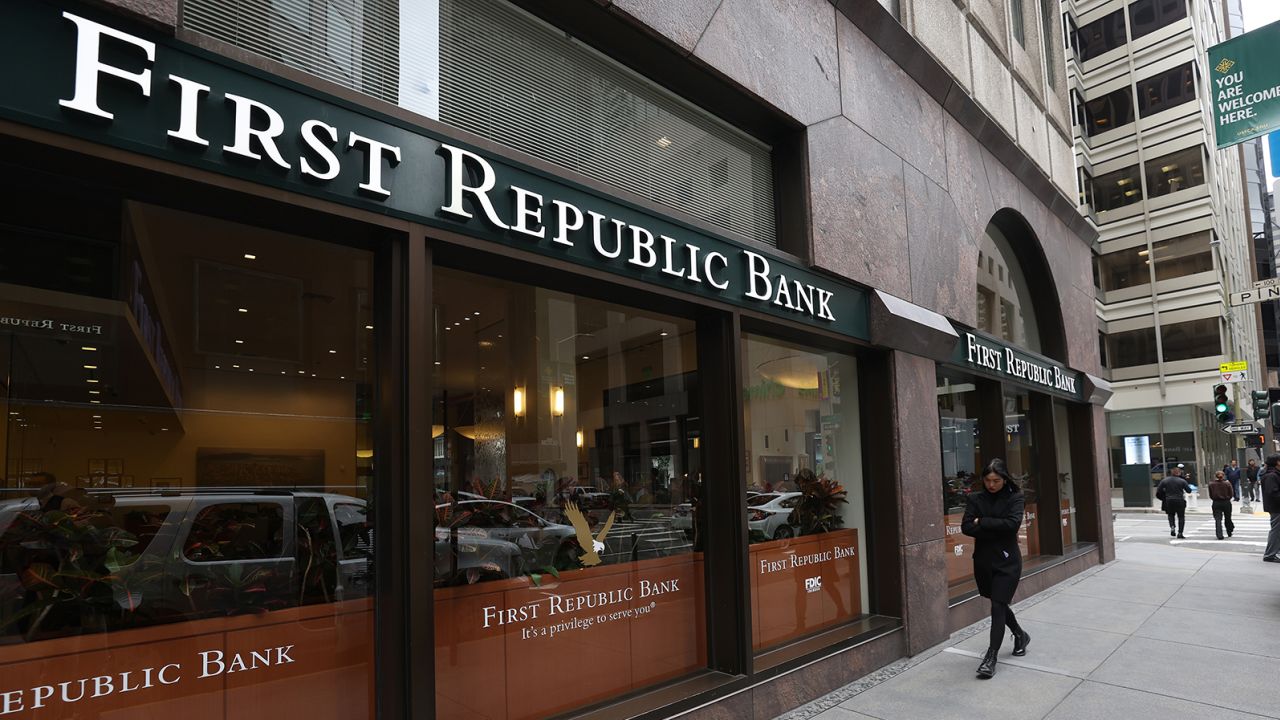A?First?Republic?Bank?branch?is pictured in Midtown Manhattan in New York City on March 13.
(Mike Segar/Reuters)
On Tuesday afternoon, JPMorgan Chase CEO Jamie Dimon was in Washington for a previously scheduled banking industry meeting and reached out to Treasury Secretary Janet Yellen and Federal Reserve Board Chair Jerome Powell.
“Very quickly the conversation turned to First Republic,” said a source close to the 48-hour deal to infuse First Republic with $30 billion. “The biggest example of a bank that could go down and shouldn’t go down – a first-class bank.”
Along with Martin Gruenberg, chairman of the FDIC, the group brainstormed ways to backstop First Republic, fearing a chain reaction through other small banks under pressure from customer withdrawals. Sometime Tuesday afternoon, the idea had gelled to infuse the bank with deposits from other big US banks. They were looking to infuse “confidence and capital” into First Republic.
Treasury Secretary Yellen first proposed cash deposits from other banks and Dimon, Gruenberg and Powell agreed. The first four contributors quickly lined up with $5 billion each. In a statement announcing the deal, JP Morgan, Citigroup, Bank of America and Wells Fargo cited a “commitment to helping banks serve their customers and communities.”
Wednesday was a day of phone calls and in person meeting by Dimon, Yellen and others to get more banks on board. In the end 11 banks vowed $30 billion in cash deposits for First Republic.
“There was no special deal, no special rate,” the source said, but rather an effort “to pull together and show confidence” in the banking system.
The source said regulators “wanted it to be private-sector solutions. They didn’t want this to be a government bailout.”
















